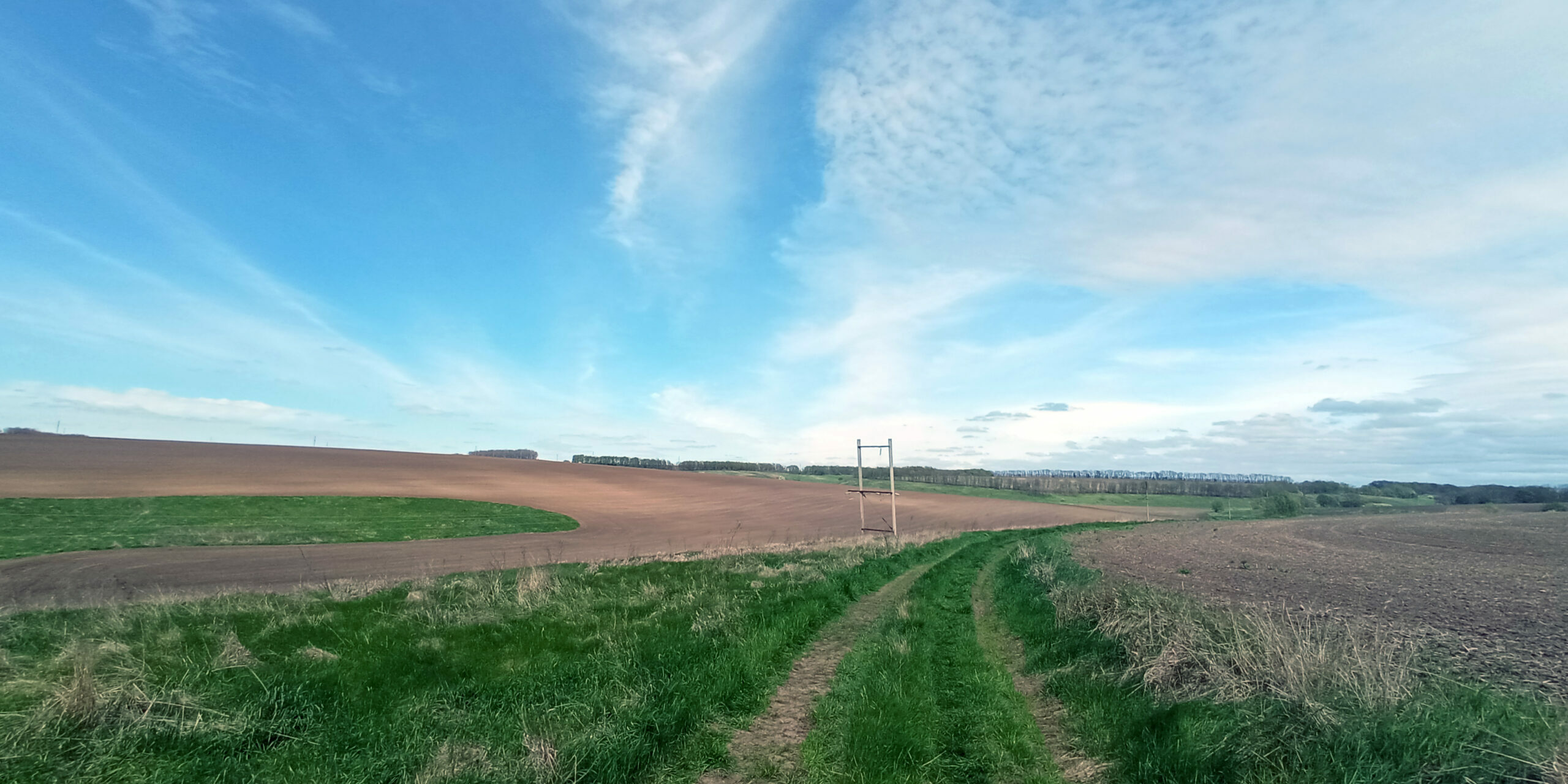The main idea of the draft law is to unite small land plots into larger ones. The authors of the draft consider field roads, gullies, ravines or patches of biodiversity to be an inefficient land use.
There are following proposals in the explanatory note:
– to remove narrow strips of land to facilitate plowing and reclamation;
– to solve the problem of long distances between land plots which complicate tillage and increase fuel consumption;
– to unite farmer lands to use more economically equipment, pesticides, fertilizers and irrigation channels;
The proposals looks as if they contributed to sustainable and eco-friendly plowing of lands.
The draft law contains many contradictions. For example, an initiator must compensate for losses so that landowners agree to unite their land plots. It seems as if the initiator doesn’t have money to reach a neighboring plot but does it to buy land from the owners.
At first, the authors offer to prohibit the change of boundaries and types of agricultural land use during the development of land management projects but then they admit all of this to remove strips of natural landscapes. So, is it permitted or not?
It is also unknown who will prohibit changing the borders and types because the draft law doesn’t provide for state intervention which could hinder the land owners to plow-up as more natural landscapes as possible.
The authors of the draft law refer to the Common Agricultural Policy of the EU, as if Europe funds land consolidation. This really took place in the 2000s, when farmers plowed up lands to roads to get agricultural subsidies for a larger tilled area. However, today the EU focuses on solving the problems of biodiversity loss. The main goal is to preserve habitats and restore biodiversity. Now farmers receive additional subsidies for maintaining permanent pastures and giving agricultural land for natural areas.
We sent our appeal about inadvisability of the draft law into Ministry of Agricultural Policy, Ministry of Environment Protection and State Regulatory Service and hope for their environmental consciousness.







